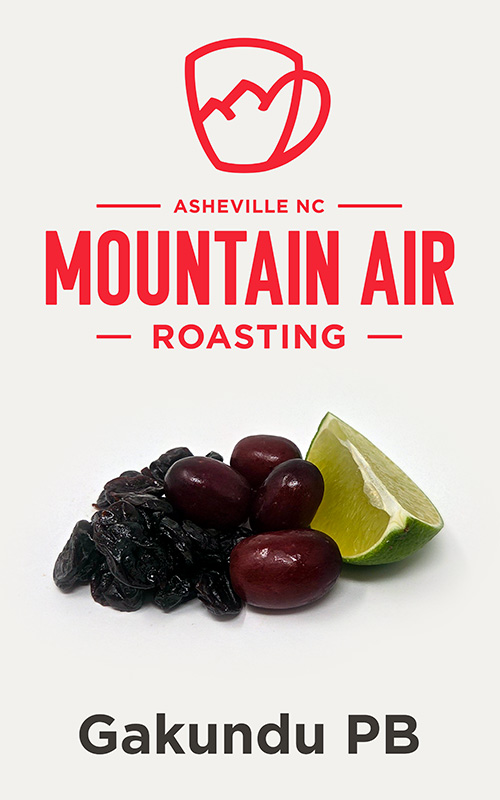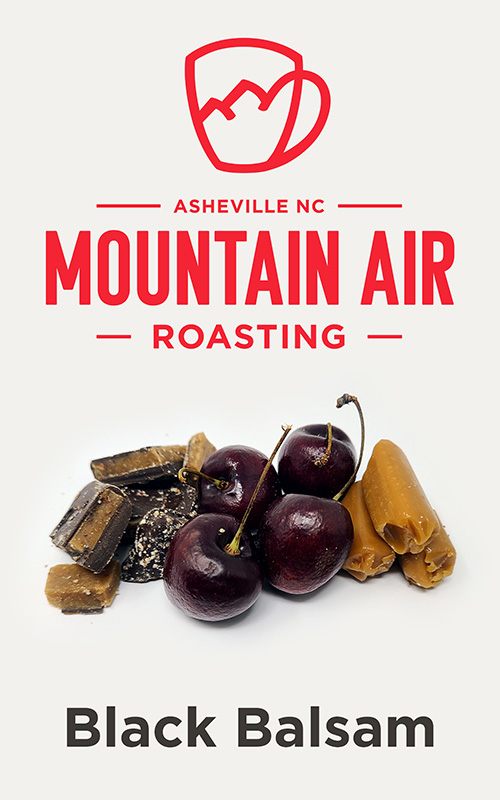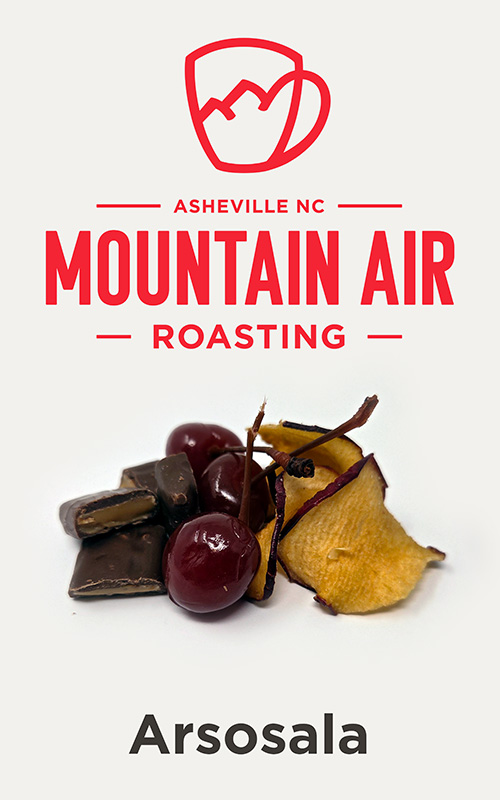Description
Gakundu Coffee Factory is located in Embu County in central Kenya. The county borders Mount Kenya, one of the most well-respected coffee-growing regions in the world. The main harvest for Gakundu is from October through February. Varieties grown are typical for Kenya; SL-28, Ruiru 11, and Batian. Gakundu Farmer’s Cooperative Society is located at Ngandori West, Kairuri sub-location in Embu county. The variety breakdown of coffee plants in the region is 60% of SL 28, 35% Ruiru, and 5% Batian.
The factory sits at an altitude of about 1650m above sea level in a region with red soil. The area experiences moderate bimodal rainfall of about 1100mm p.a. with temperatures ranging between 13-25 degrees Celsius. The long rains fall between March and May while the short rains come between October and December.
Gakundu farms have two cropping seasons: Late crop running from the end of September to mid-January, contributing 60%, and early crop from April to July contributing 40% of the total annual production.
Processing
Cherries selected for wet processing are mature and fully ripe. Berries that are not mature and ripe can cause pulping and fermentation problems and possible mechanical damage to the parchment. Harvested berries are sorted before pulping to remove immature, diseased, pest-infested, or dry berries, and leaves, stones, twigs, etc. They also remove small berries that would escape pulping. In some cases, the cherries are graded into two grades, which are pulped separately. Pulping is completed the same day the coffee is picked.
Once through the pulper, the coffee is pre-graded to sort out unpulped cherries and skins. Unpulped cherries are directed to a re-passer pulper. It also separates parchment into three categories of quality: parchment one, parchment two, and lights. Improper pre-grading can result in uneven fermentation and the development of tainted coffee after drying. Washing is done thoroughly to avoid browning of parchment.
Fermentation
The main purpose of fermentation is to break down the thick mucilage layer that covers the pulped parchment into simple non-sticky sugars that can easily be washed with water. Fermentation is complete when the parchment feels gritty and no longer sticky when a sample is washed and rubbed between the hands.
Factors Affecting Fermentation
1. Temperature – The best range is 30-35ºC
2. Enzyme concentration – the rate of fermentation increases with enzyme concentration
3. Water – Water inhibits fermentation. Fermentation is best done in dry conditions.
4. Water Re-circulation – Recirculation of water during pulping raises the level of enzymes which quickens the fermentation process.
Drying
Freshly pulped, fermented, and washed parchment coffee has a moisture content of about 55% and this has to be reduced to 10.5% before hulling and storing.
The cup has fresh cherry, cooked red grape, fresh lime, and intense brown sugar flavors with clean fruit-like sweetness and lots of sparkling citric acidity.


